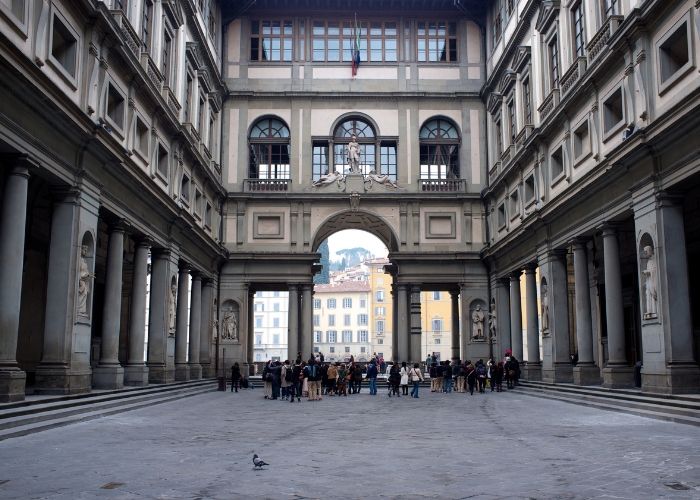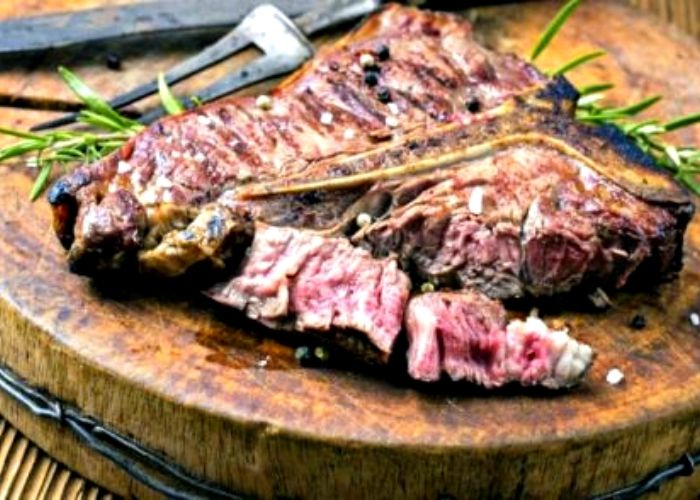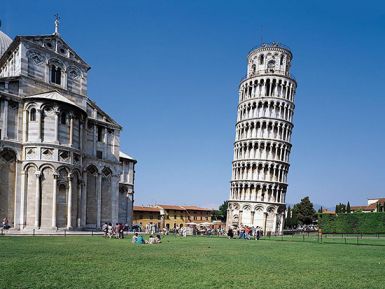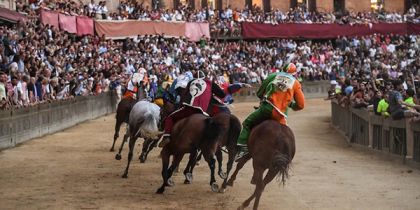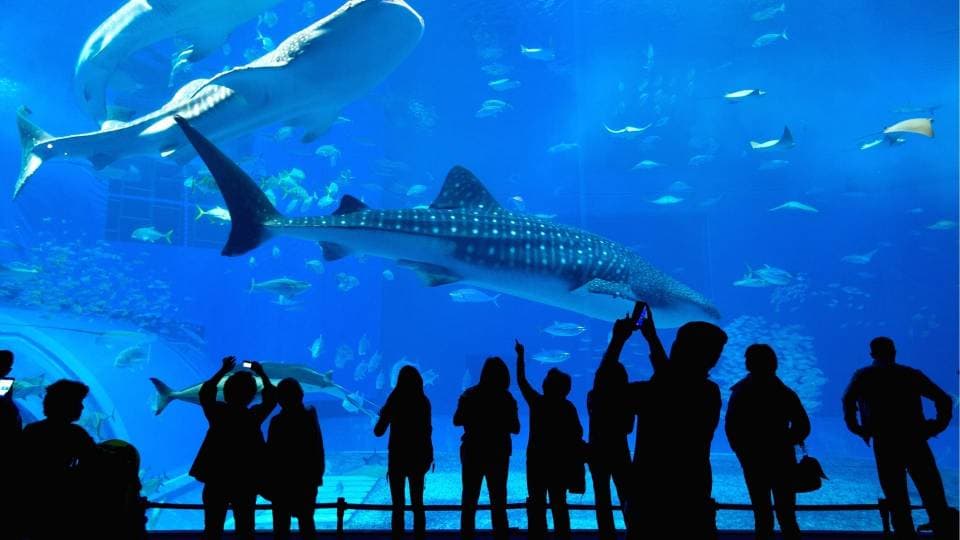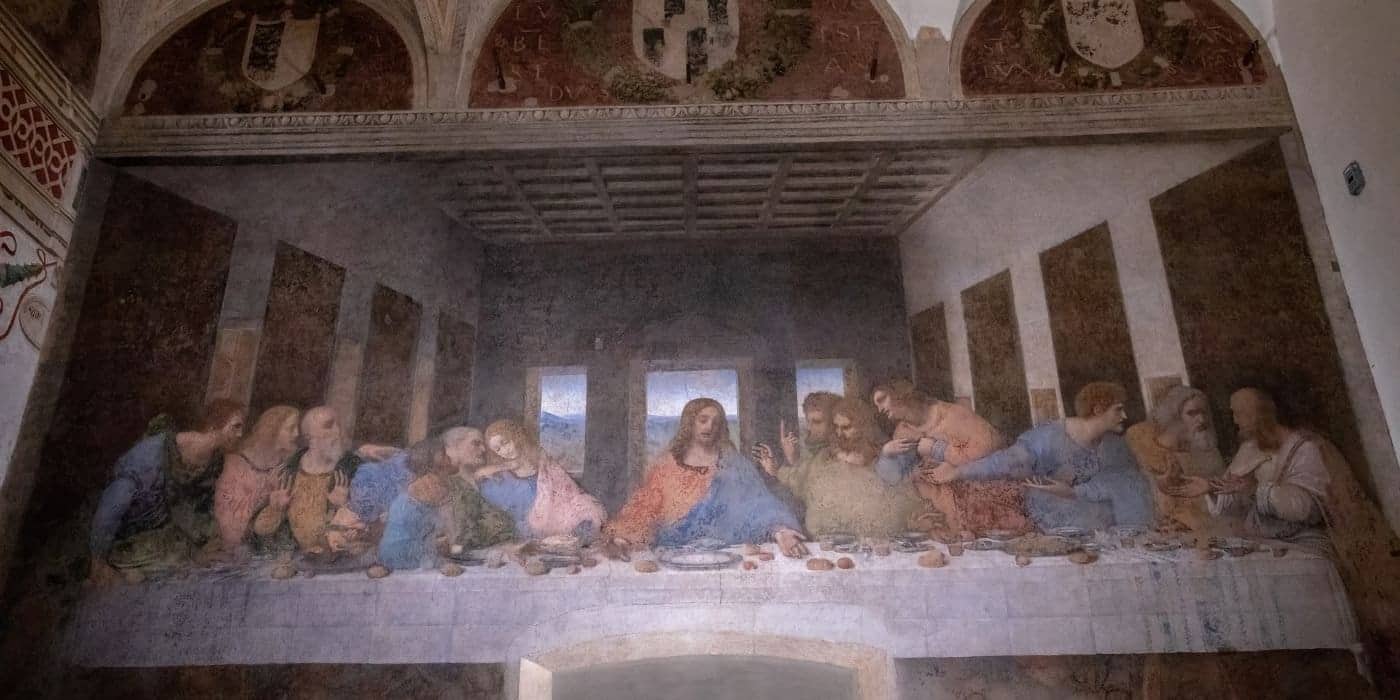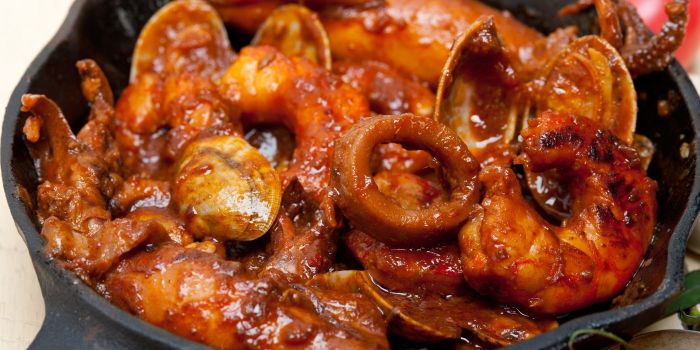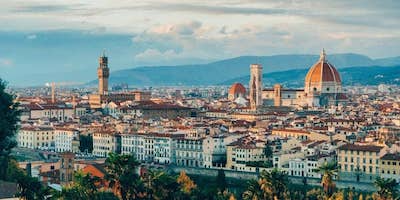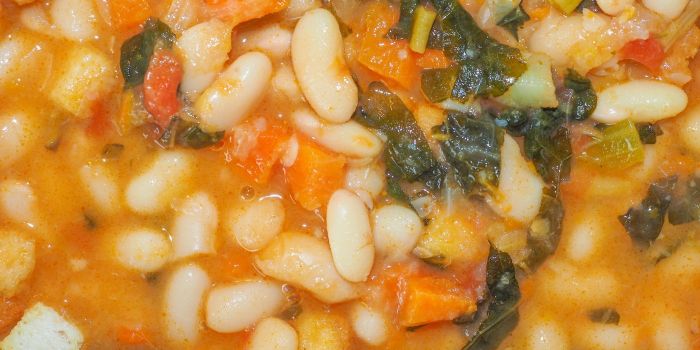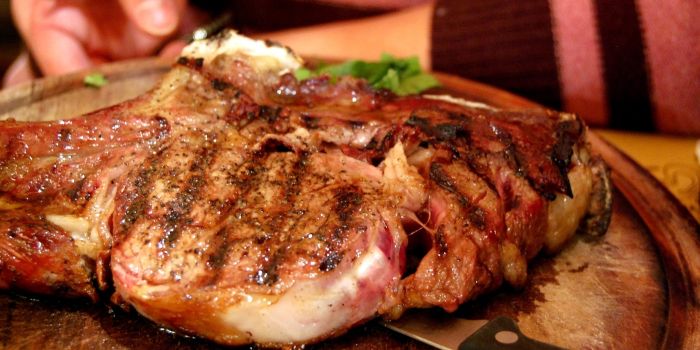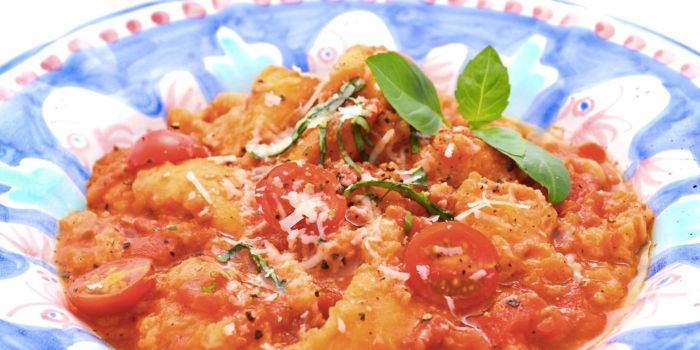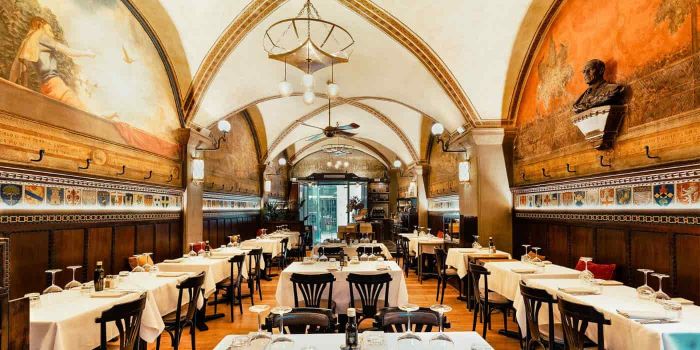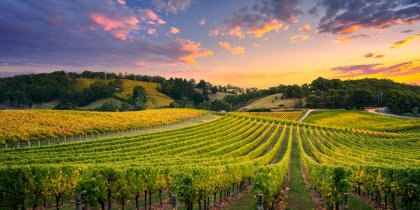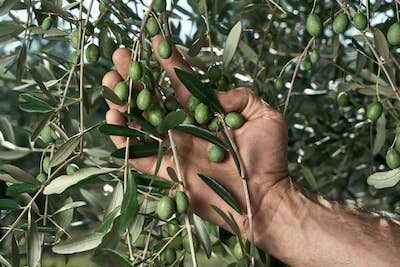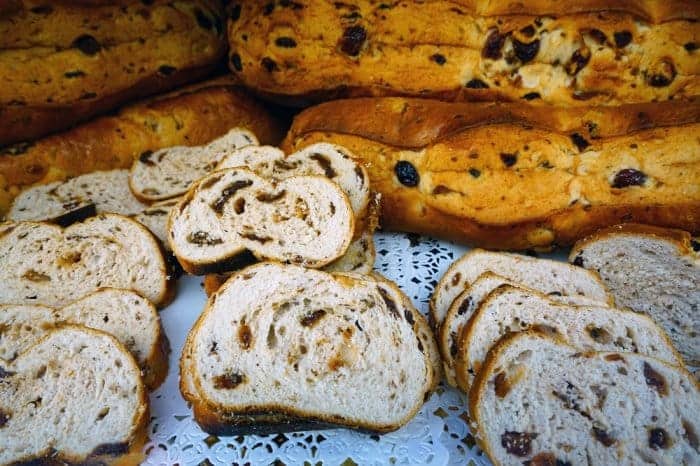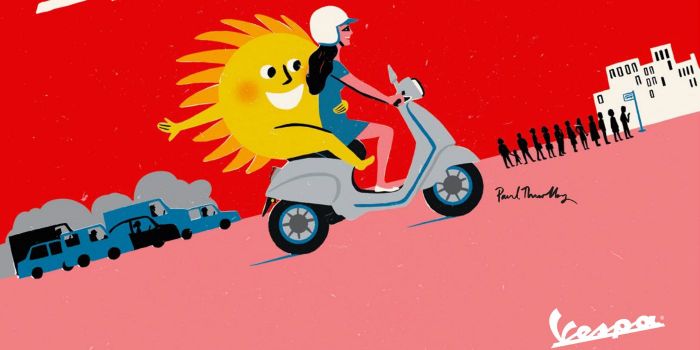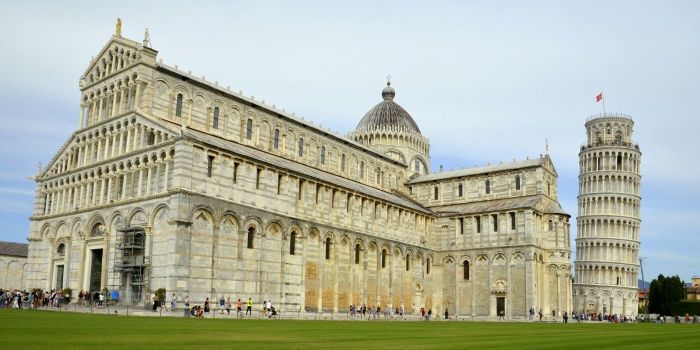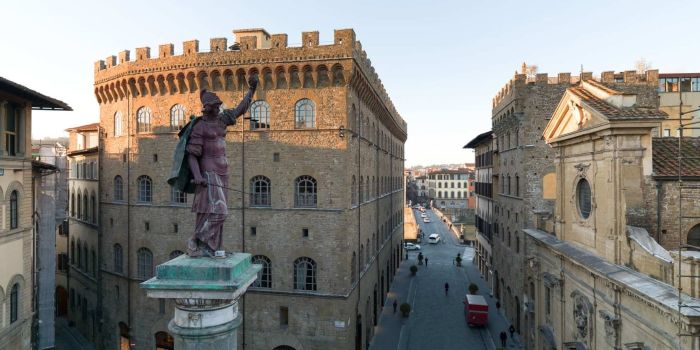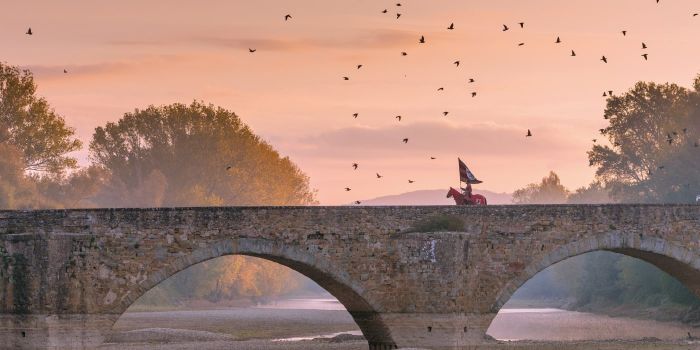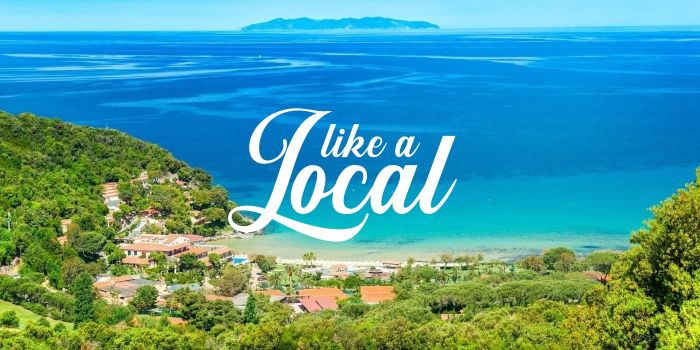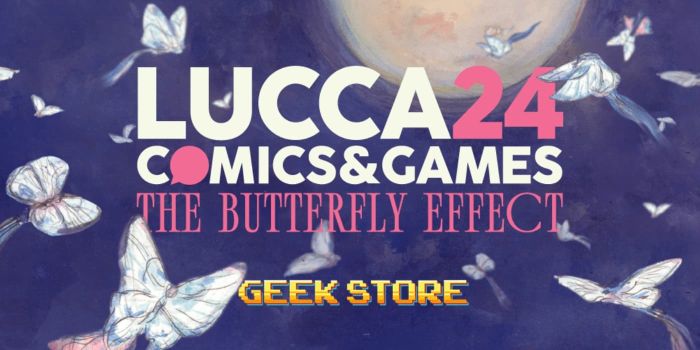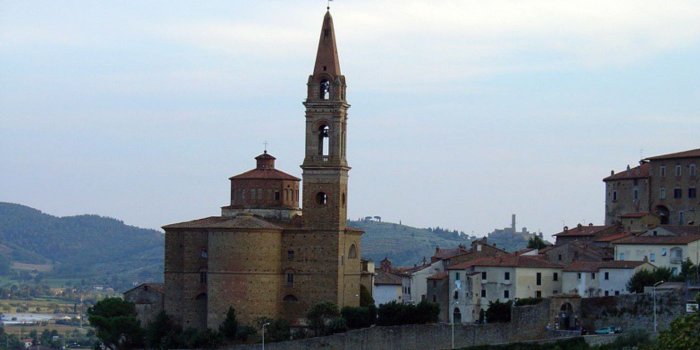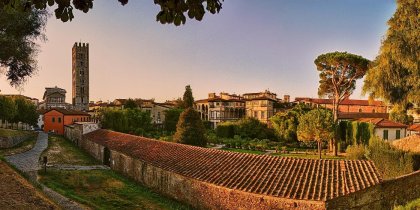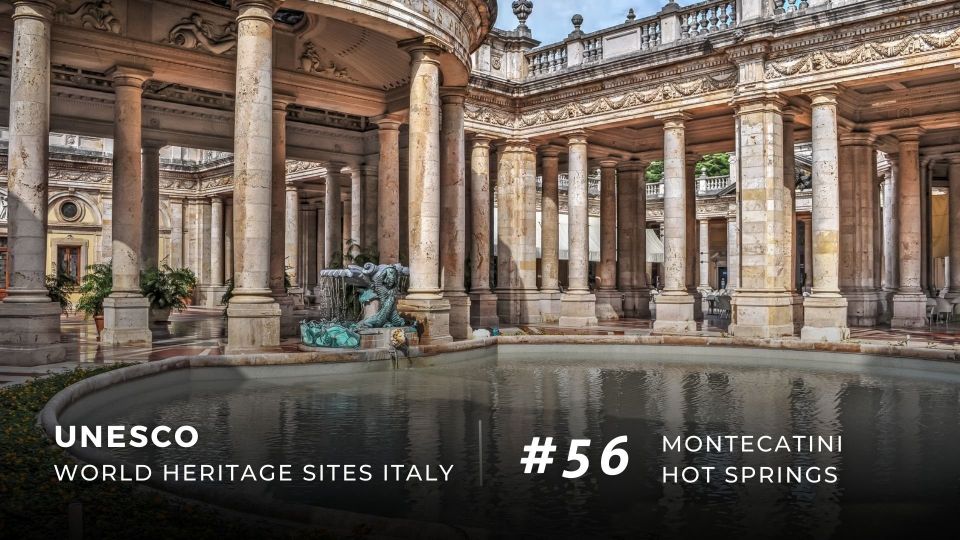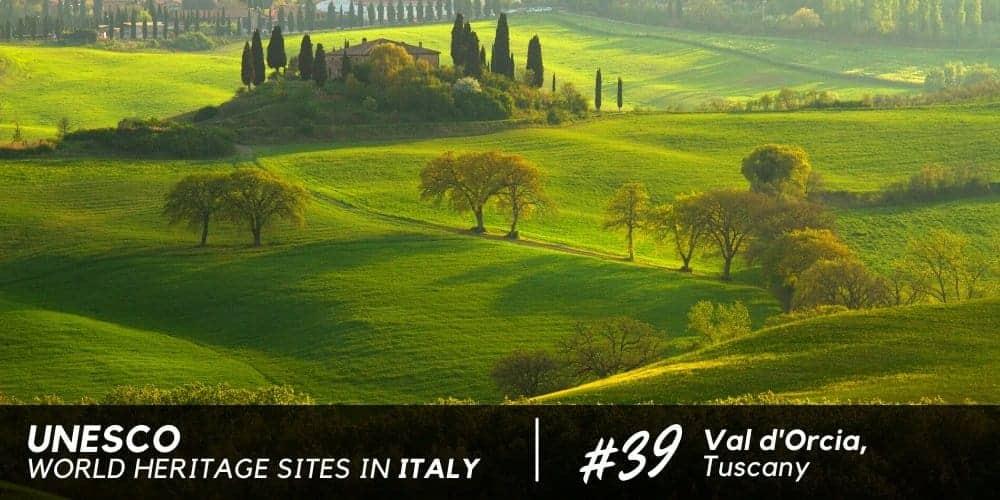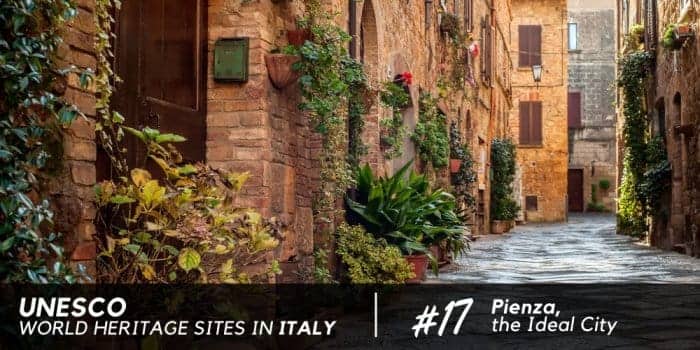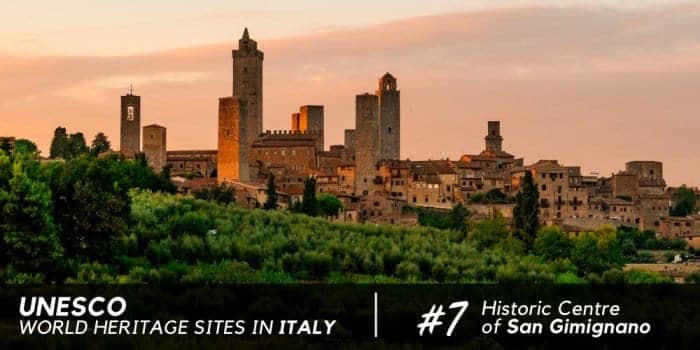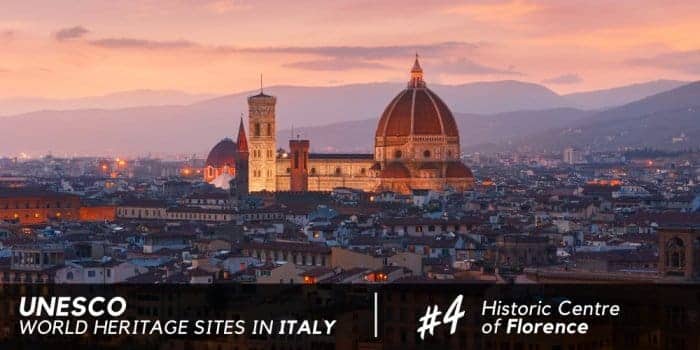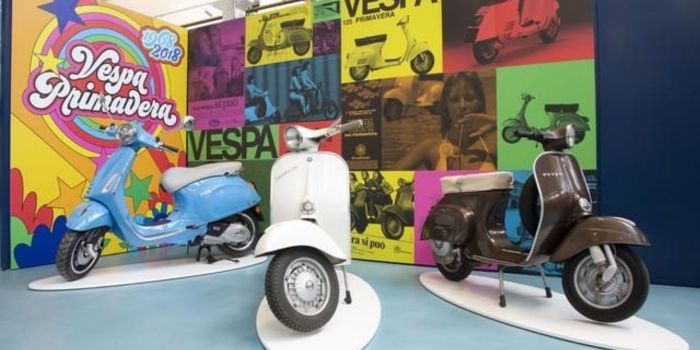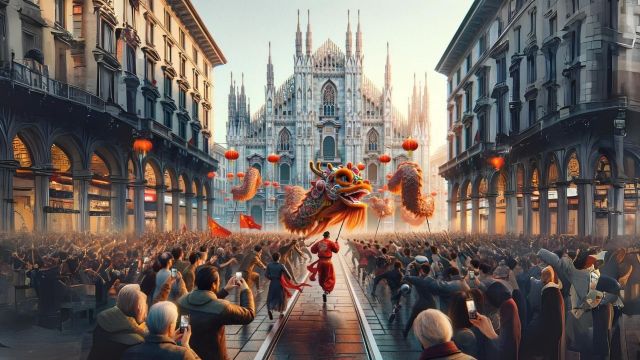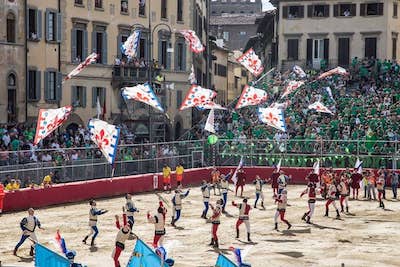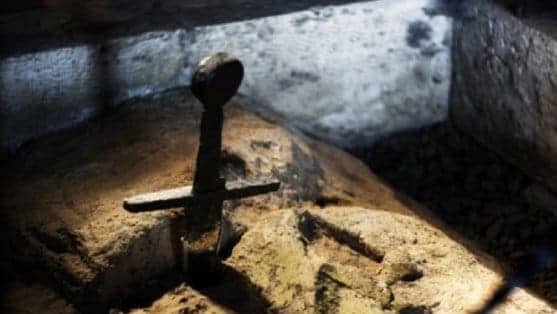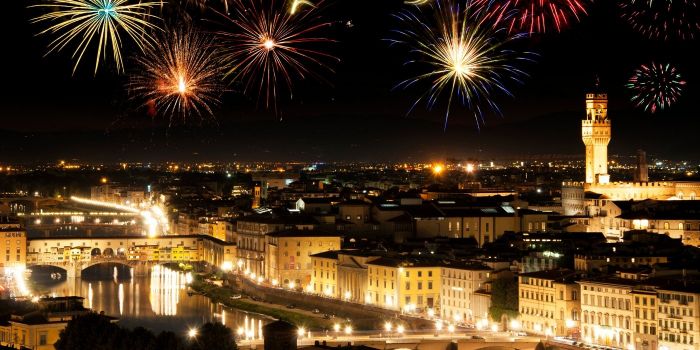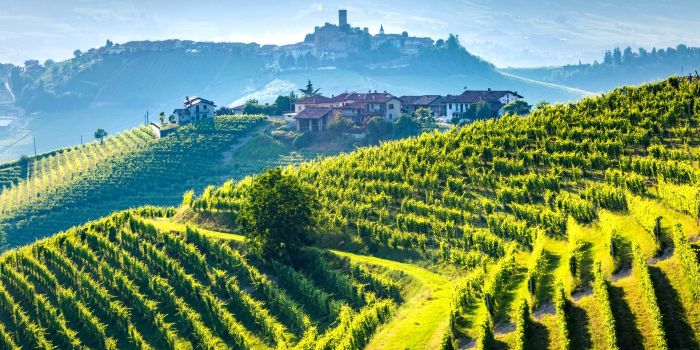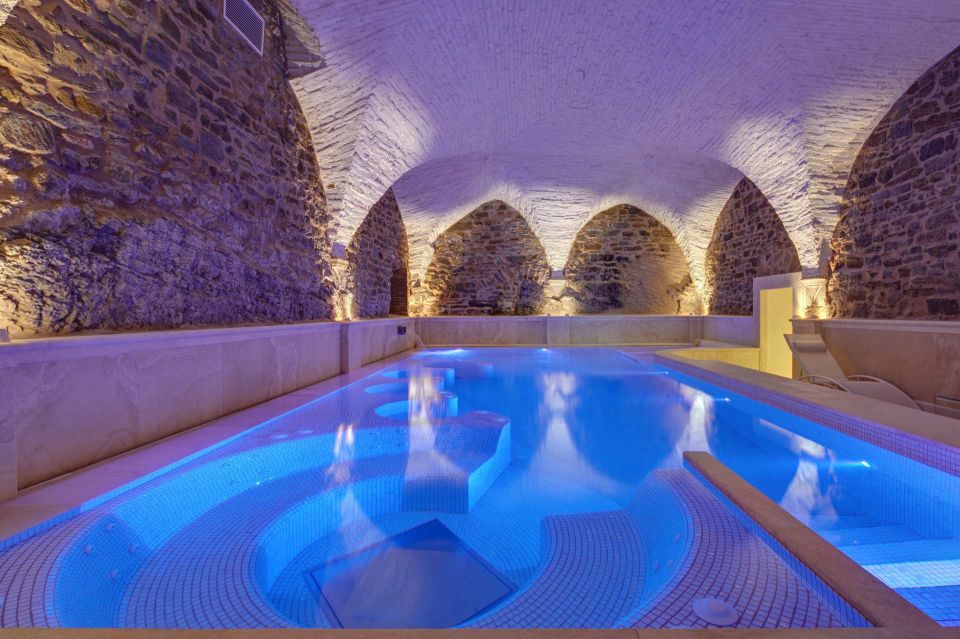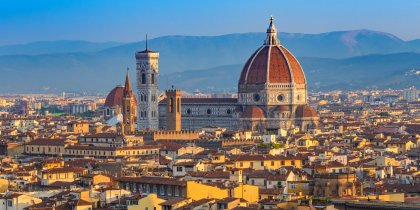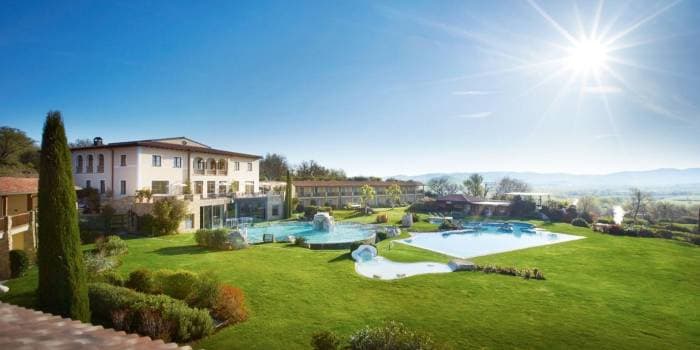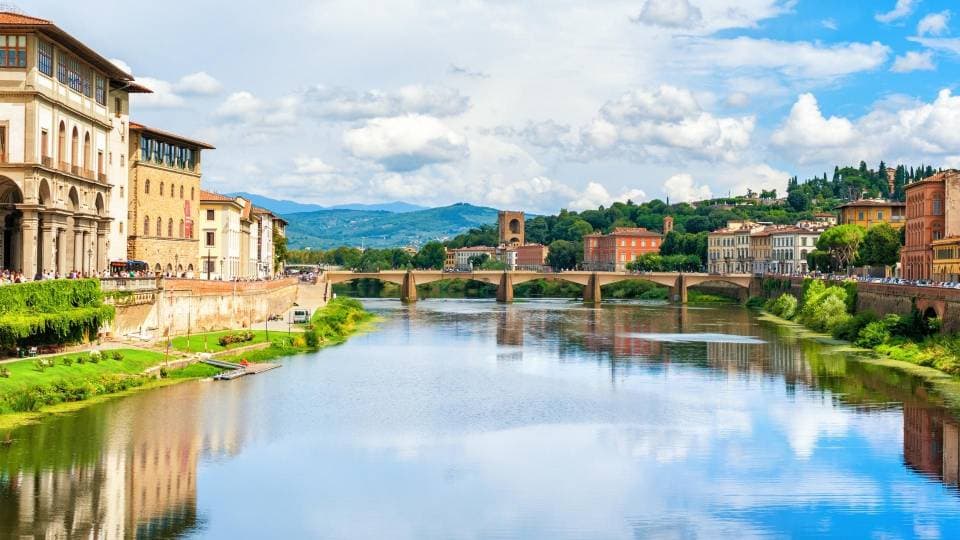Tuscany is a region in central Italy, fifth in area and ninth in population, stretching from the Apennines to the Tyrrhenian Sea. It borders Lazio, Umbria, Marche, Liguria and Emilia-Romagna. The Tuscan territory presents a great variety of natural landscapes, boasting the presence of wonderful mountain massifs, fascinating seashores, pristine lakes and protected nature reserves.
The Tuscan hills are world-famous for their beauty and for wine and olive oil production. The most famous are the Chianti hills near Florence and the hills of the Val d'Orcia in the Siena area. Tuscany's coastal areas include the famous Maremma, which stretches from Livorno to Grosseto and also includes the region's most important national park, extremely rich in biodiversity and a symbol of the preservation of natural ecosystems. The Tuscan Archipelago is also part of the regional territory, it is a group of seven major islands including Elba, Giglio Island, Capraia, Montecristo, Gorgona, Pianosa and Giannutri.
Tuscany's history is inextricably intertwined with that of Italy, forging its culture and identity in decisive ways. Ruled since antiquity by various peoples such as the Etruscans, Romans and Lombards, it saw its wealth flourish as early as the Middle Ages with the spread of Signorie (local political dominions), which made its cities true hubs of commerce and modernity. But it was the Renaissance that made Florence and Tuscany the center of culture, science and art, forever influencing European and world thought. It is here where the Italian language was born, thanks to the spread of the vernacular as a literary language and the work of immortal authors such as Dante, Petrarch and Boccaccio. During the Risorgimento, Tuscan political ferments contributed significantly to the birth of the Kingdom of Italy, once again playing a landmark role in history and culture.
Florence is the largest city in Tuscany, the capital of the region and the nerve center from which most commercial and tourist movements branch off. Florence holds the best of attractiveness through its prominent history and culture, architectural beauty, traditional craftsmanship, hospitable people and rich gastronomic offerings. Countless tourist attractions in Florence include the Palazzo della Signoria, the Uffizi Gallery, the Ponte Vecchio, the Baptistery of San Giovanni, the Bargello National Museum, and the San Marco Museum. The symbol of the city is the Cathedral of Santa Maria del Fiore, with its famous dome designed by Filippo Brunelleschi.
Tuscany's cultural and historical richness is so vast that you will be able to find its essence evenly distributed among its splendid historic cities. Real masterpieces of Renaissance art are preserved here in sumptuous palaces nestled in historic centers of rare beauty. Visiting places of eternal beauty such as Siena, Arezzo and Pisa is only the first stop on a journey that will take you to discover other equally fascinating small towns such as Lucca, Cortona, San Gimignano and Monteriggioni.
Siena is one of the best preserved medieval cities in Italy, making its Palio and Piazza del Campo a unique historical and popular pride. Arezzo is a city rich in culture and history, with a wonderful central square and its Romanesque cathedral housing one of Tuscany's most important art treasures. Lucca, surrounded by ancient walls, holds in its streets and alleys a vibrant atmosphere waiting to be discovered.
Being in a nerve center location in the center of Italy, Tuscany is interconnected with the rest of the country thanks to a well-distributed network of transportation and connections. Florence's Amerigo Vespucci Airport and Pisa's Galileo Galilei Airport are important stopovers for both domestic and international air traffic. They serve several destinations around the world for the arrival of large flows of visitors to both tourist cities and historic villages, which are easily accessible thanks to an efficient local transportation network. To plan your trip to Tuscany efficiently, we recommend consulting the websites of public transportation companies or using dedicated apps to plan your travels.
Tuscany has always been a major economic destination in the textile industry, footwear, as well as the polygraphic and food sectors, in addition to the glass and paper production area. But tourism is the main reason that attracts thousands of tourists from Italy and the world to Tuscany. The large number of arrivals in Tuscany is concentrated on the city of Florence mainly because of its tourist and cultural offerings, as well as the availability of international connections. Tuscan culture and art, appreciated worldwide, originate from a history rich in moments of extraordinary importance, among which the Renaissance was the absolute apex. Between the Middle Ages and the Renaissance period, this region gave Italy and the world such outstanding figures as poets Dante Alighieri, Giovanni Boccaccio and Francesco Petrarca; painters such as Michelangelo, Piero della Francesca and Luca Signorelli; and scientists such as Leonardo da Vinci and Galileo Galilei. To experience Tuscany is to literally immerse yourself in emotions delineated in a thousand forms: from landscapes to works of art, from museums to city life, from seaside coastlines to food and wine: whether yours is a long stay or a short weekend away from stress, Tuscany will always have a perfect solution for your relaxation.
In addition to its beautiful hills, Tuscany has a number of beautiful mountains on which you can enjoy winter sports such as skiing and snowboarding, or trekking along beautiful dedicated trails. Some of the most popular peaks for visitors and tourists include Abetone in Pistoia at the foot of the Dolomites, the resorts of Cutigliano and Doganaccia, Garfagnana and the Apuan Alps, or Mount Amiata. For those who enjoy walking in the plains or along the sea coasts, it is ideal to go to the areas of Versilia, Viareggio, the Plain of Pisa or the Maremma.
To best appreciate this region, food and wine is certainly a key element. Tuscan cuisine is positively affected by the variety of its territory, expertly combining history, traditions and raw materials typical of the area. Harking back to peasant roots, cuisine in Tuscany offers fine rustic appetizers such as finocchiona, a typical salami flavored with fennel, spleen and chicken crostini, or panzanella, made of stale bread onions and basil. First courses are mostly soups and stews such as the famous ribollita, farro soup or bean soup. Fish main courses include cacciucco and stoccafisso alla livornese, while meat main courses include Florentine steak, game and guinea fowl meat. Tuscan wines are among the finest in Italy: excellent wines such as Chianti, Brunello di Montalcino or Vino Nobile di Montepulciano are produced here.
